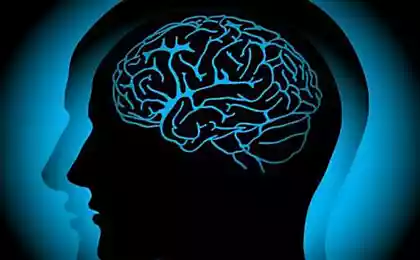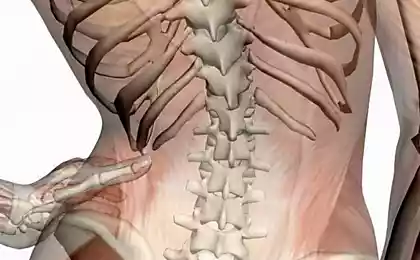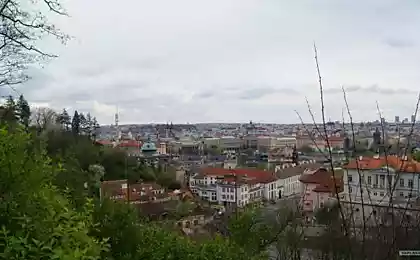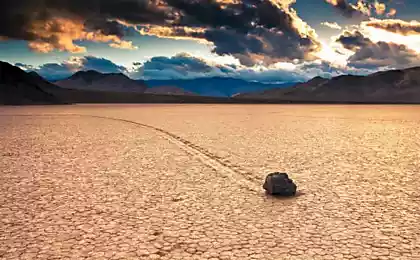593
The bones of my city
When we wrote about the fact that the Nagorno-park is built the temple, it is not even expected, that in fact is going on there. The bones of the skull, the remains of the officers' uniforms, women's dresses, buttons, pectoral cross, tufts of hair, the jaw - excavator bucket rummaged ancient tombs eversion out their contents ...
18 photos via barnaul.fm
Just wanted to mention that wording Barnaul.fm difficult to remain neutral in matters such as life and death, so we will take the responsibility to take a definite view. We believe that the construction of the church, and especially in those places where once stood a temple, but was destroyed - it is in itself a normal and even correct. But when, during a building destroyed by grave - this is not good. You can dig carefully, with the help of experts and archaeologists, preserving and passing studying disposal to carry them to another place, and it is possible to drive heavy construction equipment and bucket cut tombs, coffins and skeletons dumped it all in a heap as garbage and allow looters to profit by the what remains. In Barnaul, we chose the second method.

Having learned the day before that pit dug in there "gravediggers" of the number of onlookers and collectors of antiques, Sunday morning, December 15, we went to Nagorno-park to see everything with my own eyes.

In place of the detected pit depth of about 1, 5 meters, a statue of Lenin, which stands on the edge of the cliff and several construction trailers at a distance. Workers or any protection, we have not noticed.

The first thing that catches the eye after the pit - a pile of earth, collected with the help of an excavator. It is in these heaps of bones are barnaultsev of XIX - XX centuries.

Worth a look down - as can be seen that the surface of the land is dotted with bones. We dug here before. In Soviet times, Upland Cemetery broke Construction Exhibition Center, in the post-Soviet period there occurred landslides, come here and "black diggers" working scientists, but such intervention in the afterlife Upland park in the XXI century is the first time.
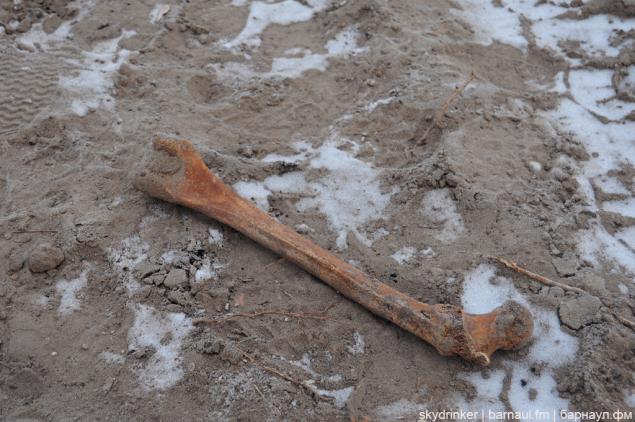
Natalia Kanatnikova in his blog wrote about what I saw the day before, on Saturday:
"Each of arochek was the repository for the coffin. Status coffins after they dug up an excavator, you can imagine. In one of the walls we found a children's skeleton povdol cut exactly in half. From another modestly protruding pelvic bones. Near arches and peeped half coffin, this time the cut across the ... »

"Examining all of this, we came to the company, enthusiastically poking around the pit. The boys appeared sociable and non-greedy. We were immediately shown a pile of bones, which they managed to dig up. At the same time showed the nails from the coffin handles (they are there all pretty much lying around), a pair of old glass bottles, some other gizmos. Bone tried to scare vials and pen drive for 300-500 rubles. On the crest of the dump, right on the surface, they discovered the remains of a rich lady in a velvet dress. The lady was smeared on the dump meters, so at 5. Then the skull, then the sleeve, a little further away the thigh, the remains of the coffin ... »
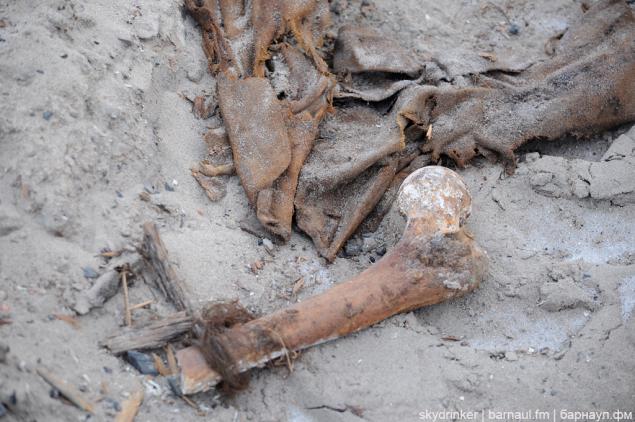
I must say that by Sunday morning the excavation of artifacts at the site was much smaller. Everything is more or less valuable pilfered a few days earlier and most likely it was not a museum workers.
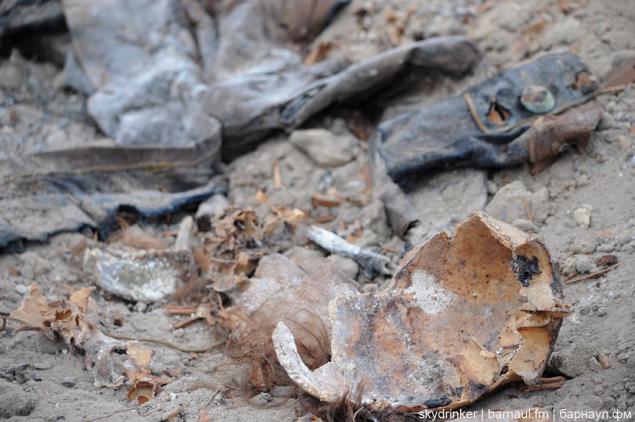
Interestingly, the builders and the organizers of the excavation could not know that there is dumping. Moreover, judging by the copious amounts of bones in the area - they saw them in the course of their work, however, did not stop it in the beginning, and did not even try to change the method of digging. The remains have become a mess of bones of land, scraps of cloth and coffin boards. That this piece - a fragment of the officer corps.

Part of the coffin. Presumably children or female.

The remains of the deceased shoe.

Wrought iron grip on the coffin. Strange that she never needed in the economy.

A fragment of a dress or shroud.

When you look at all this, there is a feeling that now there worked bombs that are dropped on the graves. Bones do not have to lie on the construction site of the temple.

They have to lie quietly in the land. Especially because there are not buried nameless vagabond, and many well-known barnaultsy:
KD Frolov (1726-1800) - the inventor-hydraulics.
Stockings VS (1746-1807) - Head of the Kolyvan-Resurrection plants, the founder of Stone Carving in the Altai.
Zalesov PM (1772-1837) - the builder of the silver plants, inventor of the steam turbine to pump water from mines.
Chernitsyn II (1750-1809) - a pupil and assistant inventor Ivan Polzunova.
Artists:
Miagkov MI (1797-1852) - the master of religious painting, arts and academician of portraiture.
Petrov VP (1770-1810) - a disciple of the founder of Russian urban landscape FN Alekseev, academician of painting.
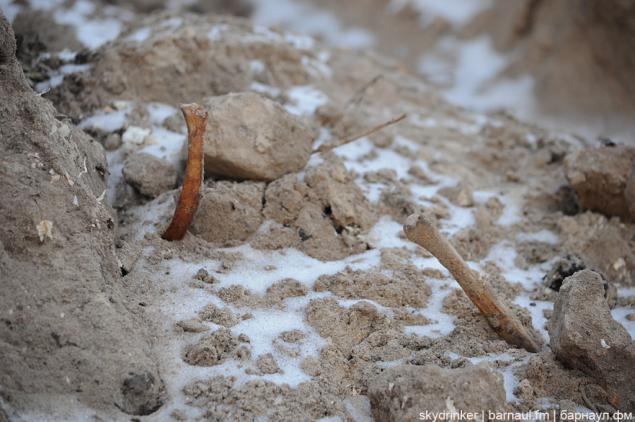
Molchanov AI (1765 - after 1824) - the first architect of Barnaul, the author of the stone shell of the silver factory, mining pharmacies, offices, ensemble Demidov area.
YN Popov (1802-1863) - the pupil of Carlo Rossi, the author of the Church of St. John the Baptist, the ruler of plants ensemble Demidov area.
Shangin PI (1748-1816) - a doctor, a specialist in mineralogy, corresponding member of the Petersburg Academy of Sciences.
Gebler FA (1782-1850) - physician, geographer, Corresponding Member of Petersburg Academy of Sciences.
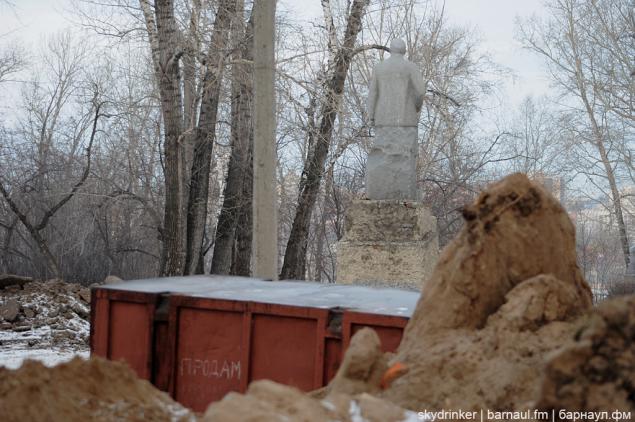
Gulyaev SI (1805-1888) - folklorist, ethnographer, inventor.
Gulyaev NS (1851-1918) - a local historian, archivist of the Altai mining district.
Yadrintsev NM (1842-1894) - writer, researcher of Siberia.
Marie Gustave Louis Meunier (1827-1862) - French archaeologist and adventurer.
Jurin NI (1841-1891) - Head of the County, one of the founders of care of primary education.
Shtilke VK (1850-1908) - educator, a State Duma deputy
In 1879, by decision of the Barnaul City Duma cemetery was divided into 4 categories. The first digit was located near the church, the second - in the center, the third and fourth - in the slaughter area, at the entrance of the gate. The fourth category was intended for the burial of the poor and the fee for removal of places did not take. For a place in the first rank pay 4 rubles, the second - 2 rubles, in the third - the ruble. We have every reason to believe that these tombs and uniforms belong to the first category, and therefore are buried here were some of the best people in the city.

Therefore, our firm conviction that this is not normal, and in our city this should not happen.
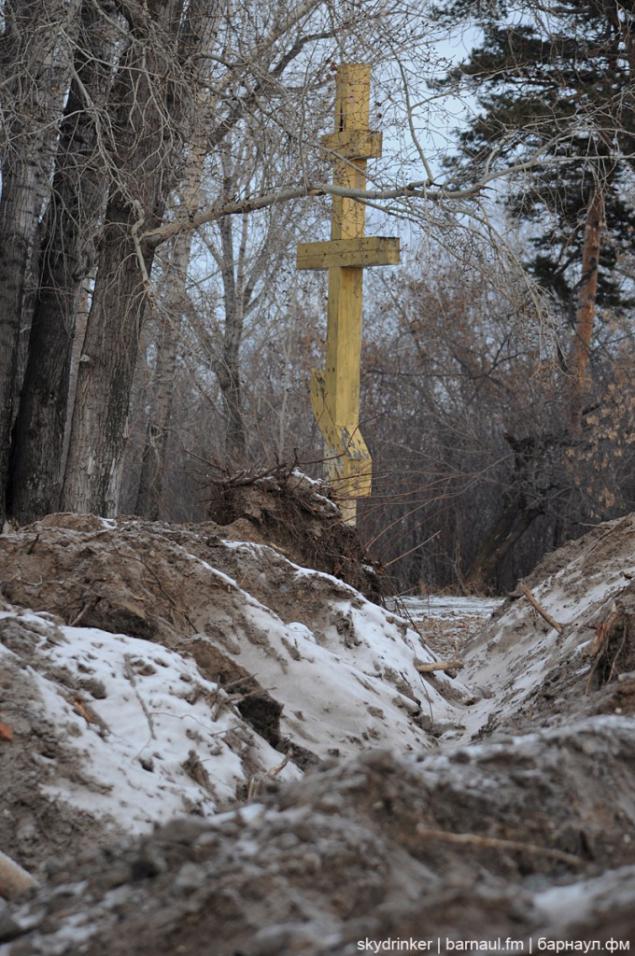
Source:
18 photos via barnaul.fm
Just wanted to mention that wording Barnaul.fm difficult to remain neutral in matters such as life and death, so we will take the responsibility to take a definite view. We believe that the construction of the church, and especially in those places where once stood a temple, but was destroyed - it is in itself a normal and even correct. But when, during a building destroyed by grave - this is not good. You can dig carefully, with the help of experts and archaeologists, preserving and passing studying disposal to carry them to another place, and it is possible to drive heavy construction equipment and bucket cut tombs, coffins and skeletons dumped it all in a heap as garbage and allow looters to profit by the what remains. In Barnaul, we chose the second method.

Having learned the day before that pit dug in there "gravediggers" of the number of onlookers and collectors of antiques, Sunday morning, December 15, we went to Nagorno-park to see everything with my own eyes.

In place of the detected pit depth of about 1, 5 meters, a statue of Lenin, which stands on the edge of the cliff and several construction trailers at a distance. Workers or any protection, we have not noticed.

The first thing that catches the eye after the pit - a pile of earth, collected with the help of an excavator. It is in these heaps of bones are barnaultsev of XIX - XX centuries.

Worth a look down - as can be seen that the surface of the land is dotted with bones. We dug here before. In Soviet times, Upland Cemetery broke Construction Exhibition Center, in the post-Soviet period there occurred landslides, come here and "black diggers" working scientists, but such intervention in the afterlife Upland park in the XXI century is the first time.

Natalia Kanatnikova in his blog wrote about what I saw the day before, on Saturday:
"Each of arochek was the repository for the coffin. Status coffins after they dug up an excavator, you can imagine. In one of the walls we found a children's skeleton povdol cut exactly in half. From another modestly protruding pelvic bones. Near arches and peeped half coffin, this time the cut across the ... »

"Examining all of this, we came to the company, enthusiastically poking around the pit. The boys appeared sociable and non-greedy. We were immediately shown a pile of bones, which they managed to dig up. At the same time showed the nails from the coffin handles (they are there all pretty much lying around), a pair of old glass bottles, some other gizmos. Bone tried to scare vials and pen drive for 300-500 rubles. On the crest of the dump, right on the surface, they discovered the remains of a rich lady in a velvet dress. The lady was smeared on the dump meters, so at 5. Then the skull, then the sleeve, a little further away the thigh, the remains of the coffin ... »

I must say that by Sunday morning the excavation of artifacts at the site was much smaller. Everything is more or less valuable pilfered a few days earlier and most likely it was not a museum workers.

Interestingly, the builders and the organizers of the excavation could not know that there is dumping. Moreover, judging by the copious amounts of bones in the area - they saw them in the course of their work, however, did not stop it in the beginning, and did not even try to change the method of digging. The remains have become a mess of bones of land, scraps of cloth and coffin boards. That this piece - a fragment of the officer corps.

Part of the coffin. Presumably children or female.

The remains of the deceased shoe.

Wrought iron grip on the coffin. Strange that she never needed in the economy.

A fragment of a dress or shroud.

When you look at all this, there is a feeling that now there worked bombs that are dropped on the graves. Bones do not have to lie on the construction site of the temple.

They have to lie quietly in the land. Especially because there are not buried nameless vagabond, and many well-known barnaultsy:
KD Frolov (1726-1800) - the inventor-hydraulics.
Stockings VS (1746-1807) - Head of the Kolyvan-Resurrection plants, the founder of Stone Carving in the Altai.
Zalesov PM (1772-1837) - the builder of the silver plants, inventor of the steam turbine to pump water from mines.
Chernitsyn II (1750-1809) - a pupil and assistant inventor Ivan Polzunova.
Artists:
Miagkov MI (1797-1852) - the master of religious painting, arts and academician of portraiture.
Petrov VP (1770-1810) - a disciple of the founder of Russian urban landscape FN Alekseev, academician of painting.

Molchanov AI (1765 - after 1824) - the first architect of Barnaul, the author of the stone shell of the silver factory, mining pharmacies, offices, ensemble Demidov area.
YN Popov (1802-1863) - the pupil of Carlo Rossi, the author of the Church of St. John the Baptist, the ruler of plants ensemble Demidov area.
Shangin PI (1748-1816) - a doctor, a specialist in mineralogy, corresponding member of the Petersburg Academy of Sciences.
Gebler FA (1782-1850) - physician, geographer, Corresponding Member of Petersburg Academy of Sciences.

Gulyaev SI (1805-1888) - folklorist, ethnographer, inventor.
Gulyaev NS (1851-1918) - a local historian, archivist of the Altai mining district.
Yadrintsev NM (1842-1894) - writer, researcher of Siberia.
Marie Gustave Louis Meunier (1827-1862) - French archaeologist and adventurer.
Jurin NI (1841-1891) - Head of the County, one of the founders of care of primary education.
Shtilke VK (1850-1908) - educator, a State Duma deputy
In 1879, by decision of the Barnaul City Duma cemetery was divided into 4 categories. The first digit was located near the church, the second - in the center, the third and fourth - in the slaughter area, at the entrance of the gate. The fourth category was intended for the burial of the poor and the fee for removal of places did not take. For a place in the first rank pay 4 rubles, the second - 2 rubles, in the third - the ruble. We have every reason to believe that these tombs and uniforms belong to the first category, and therefore are buried here were some of the best people in the city.

Therefore, our firm conviction that this is not normal, and in our city this should not happen.

Source:



